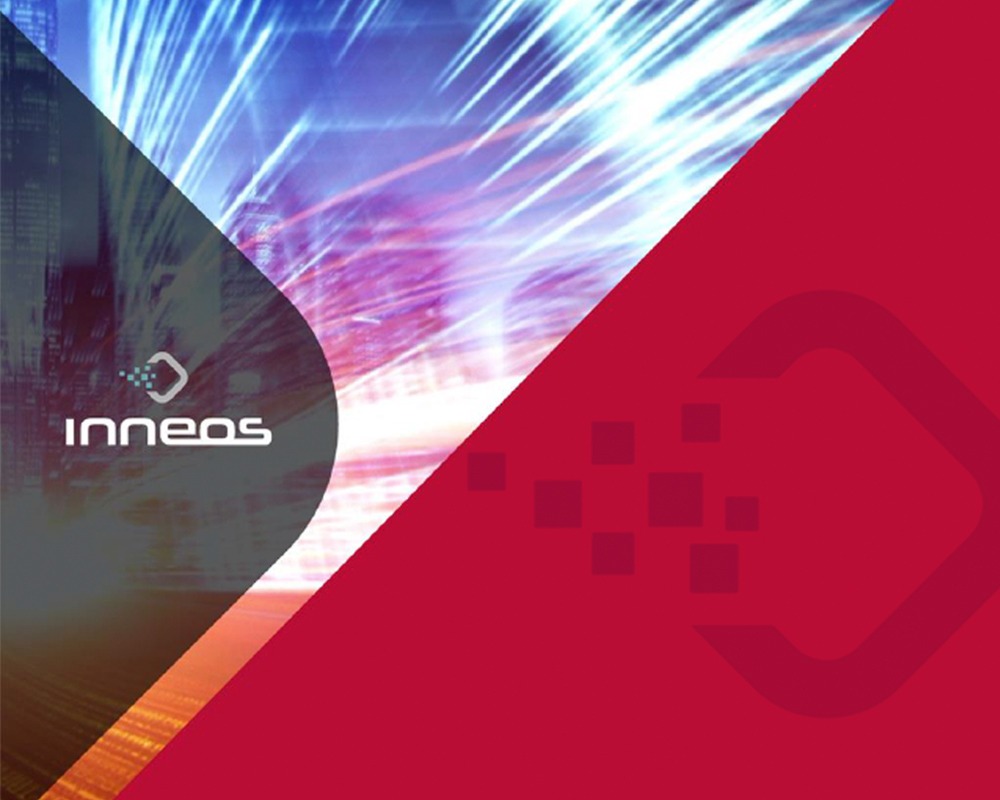
Video Over Fiber: Inneos’s Solutions for 4K, 8K and Beyond
February 16
There are a lot of trends for custom integrators to watch: wellness, IoT, lighting, 5G and cable quality and capability becoming a factor. Oh, cabling. One bad cable—broken, poorly built and/or having limited bandwidth—can turn a stellar system into a mediocre one. Think of all the time you’ve spent tracking down that one bad cable in the link. That’s time that’s costing you money and undermining your reputation for installing top quality AV systems.
Fiber’s Emerging and is Catching Up, but Needs to Stay Ahead of High Res and HDR
Video data rate is 300% higher today than it was just five years ago, and it will more than double within the next five years.
Higher resolution and HDR require more data. But HDMI cables? They can’t handle it. And, how disappointed are your customers, who are paying for high-end quality, when they’re limited to faux-K? It’s copper’s fault. It has insufficient bandwidth for higher resolutions and HDR, and the longer the distance data travels, the lower the quality.
Your high-end customers want and are willing to pay for Fruit Loops. Yet, you’re stuck with giving them generic fruit rings. For them to see 4K in all its glory, you’ve got to shorten the cable run or settle for reduced data rate, which reduces color, frame rate and to SDR from HDR. Compressing the image is one of the most common compromises, resulting in blurring, fewer colors, fuzzy edges and choppy motion. Plus, you can’t successfully compress Dolby vision with real-time algorithms. Compression corrupts embedded metadata.
The Datacom industry figured it out and switched to fiber when 10G became a reality. Why wouldn’t the AV world use fiber, too? That’s where Inneos comes in.
Current fiber solutions, a progression from HDMI cables, use a variety of configurations to transmit optical video signals:
Parallel Hybrid Cables
• Parallel hybrid cable: 4 fibers + 6-8 copper wires
Parallel Fiber Cables
• Parallel cable: 6-12 fibers – 1 fiber required for each laser
Single Fiber using WDM
• One fiber cable with 6λ channels
• Fiber can easily be pulled, cut & field terminated
The AV market is just becoming familiar with fiber installation. Three endpoint solutions are:
Active Optical Cables
• Typically, hybrid
• Least expensive solution today
• Entire length must be pulled to upgrade or repair
• Fixed length, can’t be cut
Optical Adapters
• Uses bulk fiber
• Can have control
• Modular
• Upgrade just means swapping ends
Converter Boxes
• Uses bulk fiber
• Usually has control
• Often uses 10G SFPs that are bandwidth limited
• Typically, lots of ports that go unused
Using Fiber to Improve Profit
Technology is cool, but at the end of a project, it’s about how you’re able to make money while providing value to your customers. CI surveys tell us that most projects only have between 11-20% margin on the hardware side, so integrators make their money on technical knowhow with their labor costs.
Fiber is faster to pull and terminate than copper, reducing labor costs by up to 50%.
Upgrades are a matter of swapping endpoints, so customers get large upgrade with minimal costs. Remember, customers are more likely to do smaller upgrades more often if the costs aren’t astronomical, like they tend to be when new infrastructure is needed each time.
Fiber is a premium technology with higher markups for larger profits.
Ready to Get Started?
Installation is simple. Pick a fiber cable and your extender. Plug it in. Done.
Why Offer Fiber (A Condensed Version of the Benefits):
• Data rates are driving change. We’re moving to 48Gbps soon and copper has reached its limit.
• Compression is a bad solution, delivering shoddy results.
• Fiber is future-ready and supports way beyond 8K without compression.
• Fiber increases profit by reducing labor time.
• Fiber is a simple upgrade to 8K with Inneos extenders.
A Little Background on Inneos
Inneos was founded 1998. The company started in the medical and communication-satellite/aerospace fields, and has been in AV over fiber since 2003. Inneos entered the pro AV market in 2017 and has won nine AV industry awards. Their products are designed in California and manufactured using highly automated, proprietary methods in facilities in California and Nevada.


